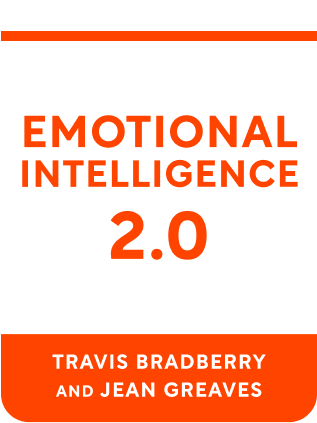

This article is an excerpt from the Shortform book guide to "Emotional Intelligence 2.0" by Travis Bradberry and Jean Greaves. Shortform has the world's best summaries and analyses of books you should be reading.
Like this article? Sign up for a free trial here .
Do you often feel like you can’t decide how you feel about something or someone? What can you do to get in touch with your emotions?
It’s not always easy to get in touch with your emotions, especially when it comes to painful or otherwise emotionally-charged experiences. We often unconsciously suppress our emotions to the point where we feel confused, sometimes even numb.
Read more to learn how to get in touch with your emotions and identify what is driving them.
Get in Touch With Your Emotions
When you feel stressed, angry, or sad, it’s easy to lose touch with your emotions in an attempt to push down those uncomfortable feelings. Sometimes people suppress their feelings to the point that they are not even aware of them anymore. If you find yourself in this situation, try these strategies to get back in touch with your emotions.
1. Understand the Physical Effects of Your Emotions
Close your eyes and examine different physical factors such as your heartbeat, breath, and muscle tension. Then, recall a memory that elicits a strong emotional response. Notice the way your body changes (you may notice that excitement causes your stomach to tighten, anger leads you to clench your jaw, or fear makes your legs shake). Recognizing physical responses allows you to quickly identify your emotions in your day-to-day life.
2. Recognize Your Emotions in Art
If you struggle to identify emotional tendencies, look to music, books, and movies to find material that you connect to. People resonate with material that reflects their emotional state. Sometimes, it’s challenging to put your emotions into words, and exploring art may help you communicate feelings that you previously were unable to express. Find a specific moment in your favorite movie, TV show, or book and observe the emotions and behaviors of the character in that moment. Then, ask yourself:
- Have I ever felt this way?
- Why do these emotions resonate with me?
- Do I recognize any of these behaviors in myself?
3. Notice How You Behave When Stressed
Use that information to determine when you need to recharge. For example, during stressful situations, you may get knots in your stomach. This is a message from your body telling you to take a moment to relax. If you ignore the physical signs of stress, they could get worse, resulting in a headache or ulcer.
4. Find the Reason Behind Your Emotion
Emotions act as a guide, pointing out things in your psyche or surroundings that you may not recognize otherwise. Assess why you’re feeling what you’re feeling. This helps you resolve any problems or tensions that are causing unwanted feelings. Questions to ask yourself include:
- When was the last time I felt this emotion?
- Does a specific person or scenario trigger this emotion?
- How did I react to this emotion in the past?

———End of Preview———
Like what you just read? Read the rest of the world's best book summary and analysis of Travis Bradberry and Jean Greaves's "Emotional Intelligence 2.0" at Shortform .
Here's what you'll find in our full Emotional Intelligence 2.0 summary :
- What emotional intelligence is and why it's essential for your workplace success
- The 4 reasons you need to work on your EQ
- How you can use EQ to better manage relationships







This is probably my biggest downfall. I feel everything so fiercely that my emotions are all over. Thank you for this post.